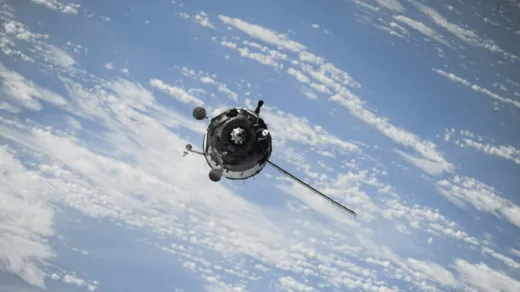“How Many Satellites Are in Space: A Crowded Orbit”

Satellites have become an integral part of our daily lives, enabling global communication, navigation, weather forecasting, and much more. But have you ever wondered just how many satellites are orbiting our planet? The answer is not straightforward, as it constantly changes due to launches, retirements, and debris. In this article, we’ll explore the current state of satellites in space and the factors contributing to the crowded orbit.
1. The Increasing Satellite Count:
As of my last knowledge update in September 2021, there were over 3,372 operational satellites in Earth’s orbit. This number has likely increased since then, given the continued growth of the space industry and the development of satellite constellations for various purposes.
2. Types of Satellites:
Satellites in space are classified into several categories, including:
- Communication Satellites: Used for global internet access, television broadcasting, and phone services.
- Earth Observation Satellites: These capture data for applications such as weather forecasting, environmental monitoring, and disaster management.
- Navigation Satellites: Such as the Global Positioning System (GPS) for accurate positioning and navigation on Earth.
- Scientific Satellites: Designed for space exploration, cosmic research, and understanding the Earth’s atmosphere.
- Military Satellites: Used for national security, including communication, reconnaissance, and missile warning systems.
3. The Crowded Low Earth Orbit (LEO):
Low Earth Orbit, or LEO, is where a significant portion of satellites reside. LEO extends from about 160 kilometers (100 miles) to 2,000 kilometers (1,240 miles) above the Earth’s surface. It’s favored for many applications, including Earth observation, satellite internet constellations, and some scientific missions. The increasing number of LEO satellites has raised concerns about space debris and congestion.
4. Mega-Constellations:
One of the primary drivers behind the satellite population explosion is the emergence of mega-constellations. Companies like SpaceX (Starlink), OneWeb, and Amazon (Project Kuiper) are deploying thousands of small satellites in LEO to provide global internet coverage. These constellations aim to bridge the digital divide and offer high-speed internet access to underserved regions.
5. Debris and Space Traffic Management:
The growing satellite population also contributes to the growing problem of space debris. Inactive and defunct satellites, spent rocket stages, and debris from collisions pose a significant risk to active satellites and the International Space Station (ISS). Space agencies and organizations worldwide are working on space traffic management and debris mitigation strategies to ensure the safety of space assets.
6. The Impact of Small Satellites:
Another factor driving the increase in satellite numbers is the rise of small satellites, including CubeSats and nanosatellites. These compact spacecraft are cost-effective and serve various purposes, from scientific research to technology demonstrations. They often hitch rides into space on larger rocket launches, reducing costs and increasing accessibility.
7. The Future of Space Sustainability:
As the number of satellites in space continues to rise, space sustainability has become a crucial concern. International guidelines, agreements, and regulations are being developed to ensure responsible space activities. These measures include deorbiting defunct satellites, mitigating space debris, and promoting safe practices for satellite operators.
8. Conclusion:
The exact number of satellites in space at any given moment is continually changing due to launches, retirements, and operational lifespans. However, the trend is clear: our orbit is getting crowded. While this poses challenges in terms of space debris and orbital congestion, it also represents the increasing importance of space in our daily lives. The satellite industry is continually evolving, driven by innovation and technological advancements, and as it does, we’ll see even more satellites in space serving a wide range of purposes, from communication and navigation to scientific research and Earth observation. Spacefaring nations and organizations must work together to ensure the long-term sustainability of Earth’s orbit as we continue to explore the final frontier.
For more on how many satellites are in space, check out this link.





